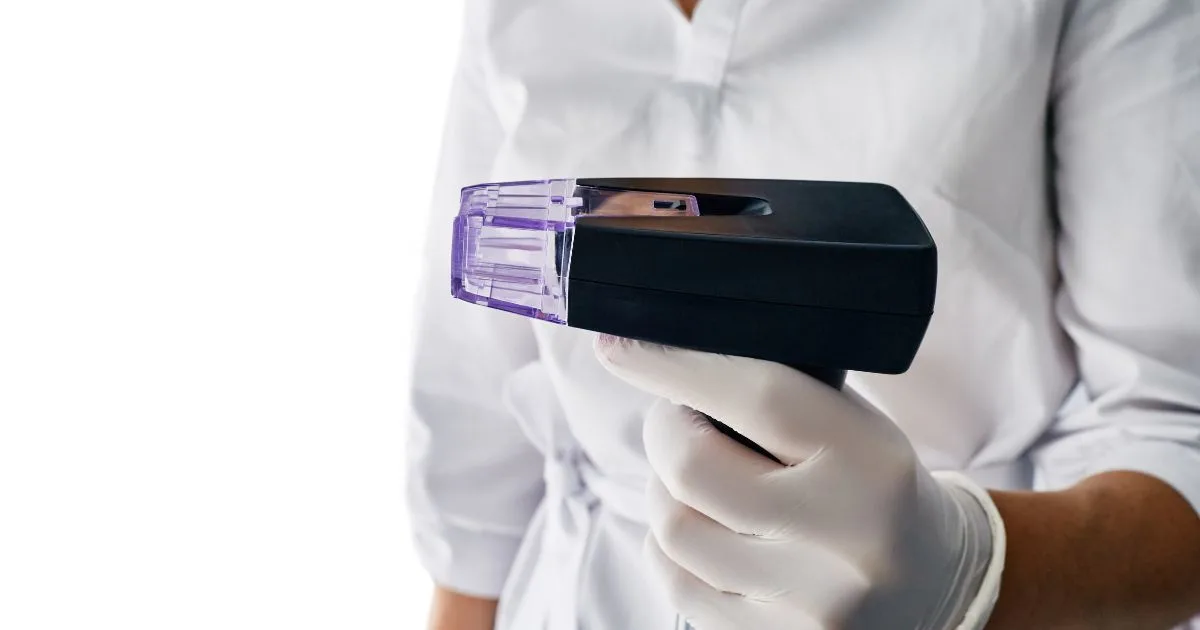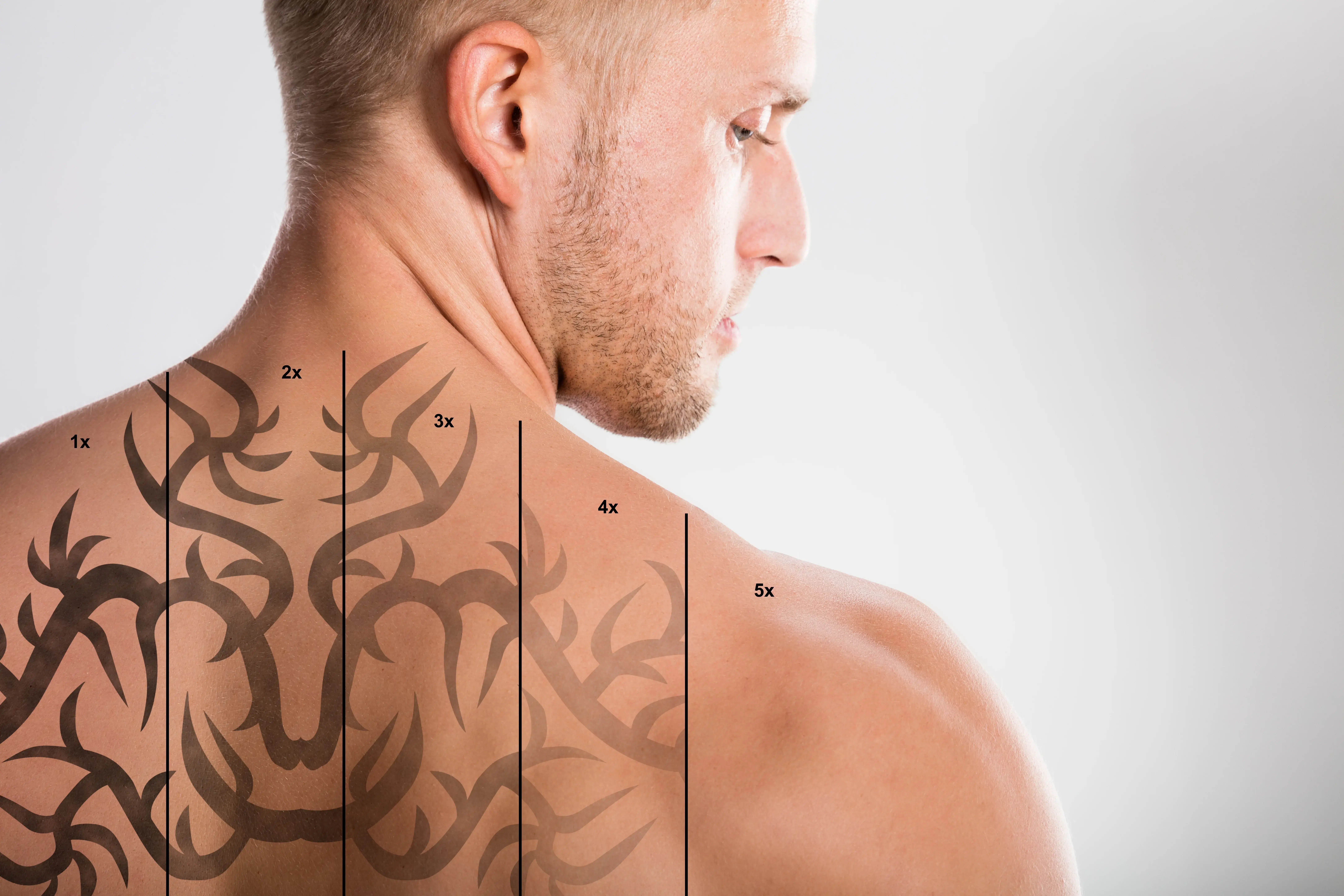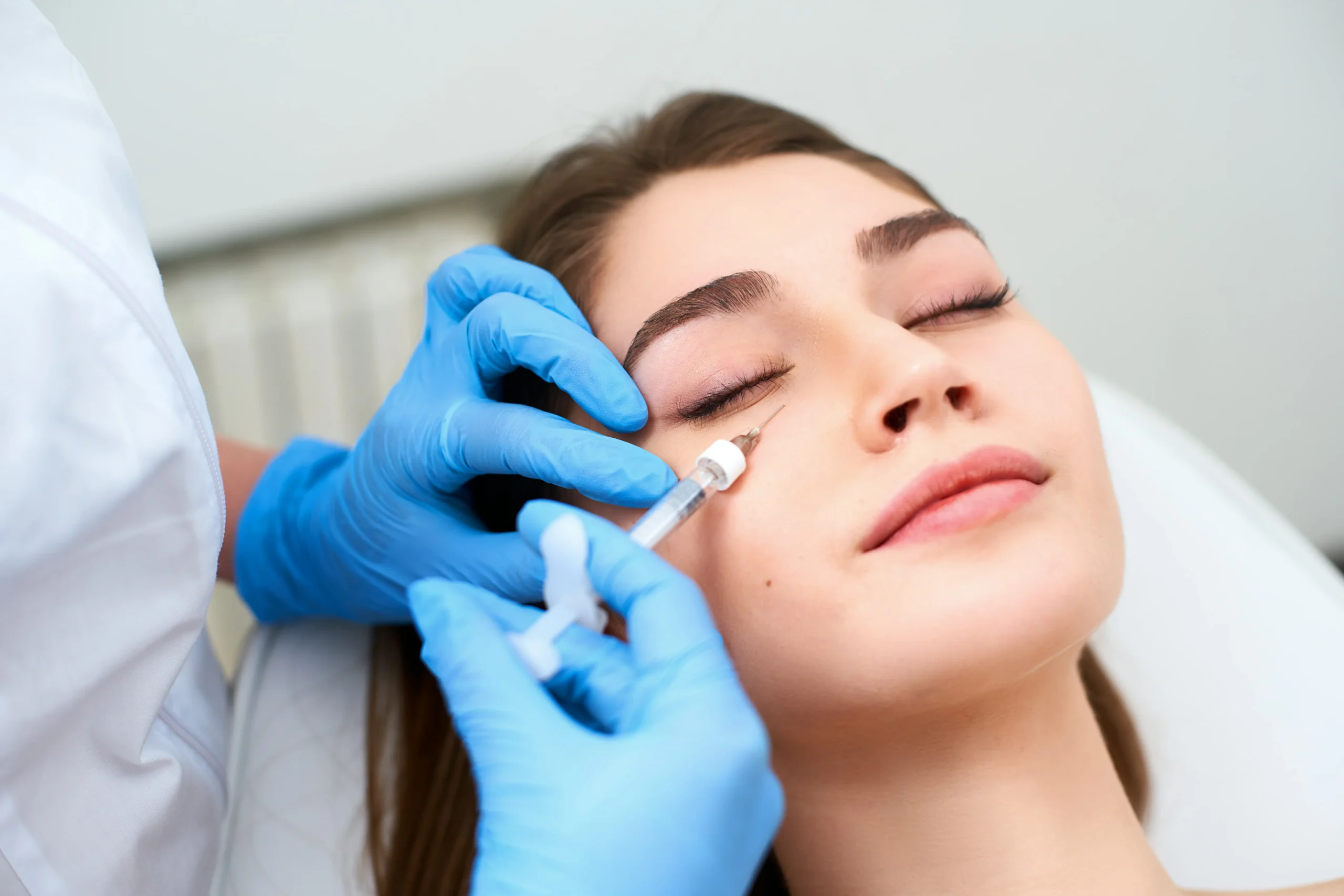Have you ever wished to peel the top layer of your sun-damaged to reveal smoother, brighter skin? You might find the answer you’ve been looking for in chemical peels.
Many people say that chemical peels are the key to glowing skin because they use exfoliating acids to make the skin look younger and less dull.
Still, there are some things you should know about chemical peels, such as your different options, the type of skin they are best for, and any possible side effects. Today, Skin Envy will help you understand the benefits and most effective chemical peels.
Chemical Peels
A chemical peel is a method in which an acidic solution is put on the client’s face. This removes old, damaged skin and reveals fresh, new skin. Chemical peels can be very strong or very weak, depending on what they are made of.
Kinds of Chemical Peels
The mildest type is a superficial or light chemical peel. It can treat dry skin, fine lines, acne, and uneven skin tone. It works by taking off the epidermis, the top layer of skin.
Before the procedure, the doctor or nurse will gently clean the patient’s skin. Most people feel something sting or warm as the peel does its job.
After a certain amount of time, the doctor will wash off the peel and put lotion on the skin to keep it moist and calm it down. The client can go about their business right away.
Superficial peels are generally made from an alpha hydroxy acid like glycolic acid or salicylic acid. Many clients need more than one treatment to get the results they want.
Medium and deep peels are more powerful and take off more skin layers. They give more noticeable results than superficial peels but take longer to heal. Medium and deep peels are used to get rid of more prominent spots.
How Do Peels Work?
Chemical peels can help with a wide range of skin problems. There are, of course, many choices, but the right one will improve how your skin looks overall. People look into chemical peels because
- Uneven skin texture
- Acne
- Hyperpigmentation
- Wrinkles
How Different Chemical Peels Work
Your doctor or nurse will ask questions to determine what you want to happen and devise a plan that will work best for you and your skin.
From there, they will offer some ideas and talk about the pros and cons of each one. Let’s look at the different kinds of Chemical Peels you can avail.
Chemical Peel (Light)
At Skin Envy, this is a Chemical Peel usually used to remove the skin’s top layer. The epidermis is the name for this part. This is a very light peel that helps with conditions like
- Small lines and creases
- Uneven skin tone,
- Dry skin,
- Acne
Medium Chemical Peel
The Medium Chemical Peel is used to get to the layer of skin below the epidermis, called the dermis. With this kind of chemical peel, you can:
- Acne scars
- Uneven skin tones
- Wrinkles
Deep Chemical Peel
This Chemical Peel takes off the epidermis, the middle layer of the dermis, and the top layer. For this kind of procedure, a local anesthetic is often used. This will help ease the pain and other problems.
The good news is that the effects of this peel could last up to 10 years. So, there’s no need to treat it again and again. The best people for this chemical peel are those with:
- Deeper wrinkles
- Deeper scars
- Spots on the skin that are likely to become cancer
Benefits of Chemical Peel
Most providers agree that chemical peels are entirely suitable for the skin. Here’s what you can take advantage of.
Prevent Acne
Chemical peels work with acne because they lower the skin’s pH. This makes bacteria uncomfortable and unable to live.
Best For All Skin Types
They help remove dead skin cells on the surface, making the skin healthier and less likely to get clogged pores.
Best For Product Effectiveness
Peels remove the top layer of skin, which makes it easier for other skin care products to get deeper into the skin. This is especially helpful if you tend to get pimples and use a lot of acne medicine.
Refines Wrinkles
A peel will help dead skin, making them less noticeable. It will help you clear out the fine lines and wrinkles the most.
Besides, chemical peels remove flaky, unevenly attached dead skin cells from the face. This makes the stratum corneum more compact, which gives the skin a beautiful glow.
There may also be a small amount of inflammation, which boosts the collagen when it heals. Depending on the peel’s strength, some chemical peels can cause the skin on your face to peel.
The name comes from the fact that this is often the desired effect to get the best results. But if the wrong peel is used, it can hurt the skin and even leave scars or make it darker.
How long you wait between peels depends on the type of peel and how deeply it goes into the skin. The deeper the penetration, the more the skin will peel and turn pink or red.
Skin peeled may become red and irritated as a side effect or a normal part of the peeling process.
What To Look Forward To a Chemical Peel?
For mild peels, the results feel like a sunburn, with redness and peeling over the next week. Most of the time, you need more than one gentle peel to get the look you want.
When you get a medium depth or deep peel, your skin may swell and blister, just like when you get a sunburn. You might see these blisters break, forming a brown crust that slowly peels off. If you don’t want scars, let them peel on their own.
This part will take 7–14 days, usually done every 6–12 months. After treatment, you might need to wear bandages for a few days to protect the skin from getting sick. Since your new skin is fragile, you should stay out of the sun and away from cold winds.
Who Can Benefit From The Treatment?
Chemical Peels are ideal for people with fair skin because their skin reacts best to them. There are, however, ways to treat people with darker skin.
Chemical Peels don’t work well on skin with deep wrinkles, sags, or bumps. You’ll need a filler like fat or collagen for this skin problem.
Schedule with Skin Envy
Start your chemical peel journey with us here at Skin Envy! Contact us at (718) 377-7546 or email us at info@skinenvyny.com for more details. You can also book an appointment with us online to schedule your consultation.








